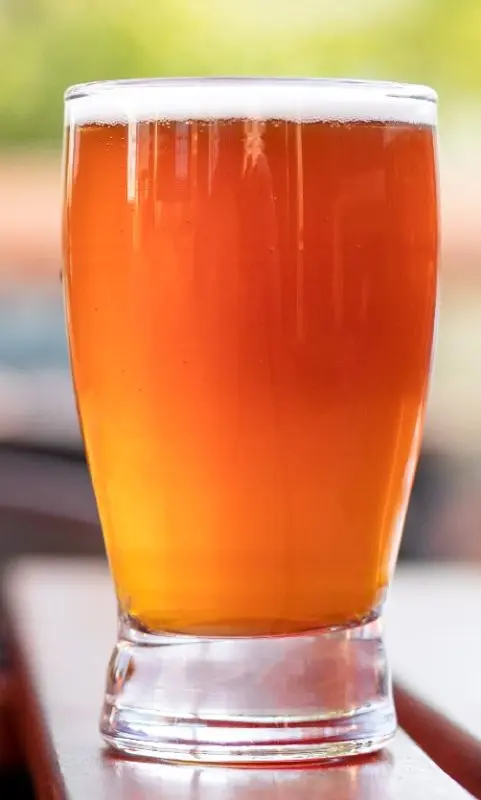Classic representative of style. It was this drink that once ran between the UK and India, and brewer George Hodgson contributed to its popularization. The name IPA appeared around the 1830s, but the drink itself has since undergone many changes: it has become less hoppy and strong, over time it has been mixed with other types of beer. It wasn’t until the 1980s that craft brewers tried to revive the “real” Indian ale. It cannot be said that they succeeded 100%, but now the English IPA is quite recognizable.
However, confusion still cannot be avoided: many manufacturers label their products with this abbreviation, even if it does not even come close to style standards, you can even find IPA on the market with a strength of no more than 3.5%. In order not to get confused, you need to understand what a light Indian ale should be.
Its main characteristics: hopping, excellent attenuation, above average strength. The bouquet has tones of citruses, spices, flowers, herbs. The malt profile is less pronounced, with hints of caramel, biscuit, toffee and toast. The finish is dry, light sulphurous tones may appear in the taste, but this is rather an exception. There should be no woody notes.
IPA has a clear golden or yellow color, although there are slightly hazy representatives of the style, in the glass the beer forms a not very abundant, but persistent creamy foam.
On the tongue, Indian ale has a round, not astringent taste, with moderate-to-high carbonation, meaning the drink can sting on the tongue.
Ingredients of English origin are used to make the variety: local malt, hops, yeast, even water, although this is not a strict rule. Some manufacturers add some sugar. The style is similar to pale ales, but more hoppy, especially towards the finish, and less fruity.

Strength: 5.0-7.5%.
Density: initial 1.050-1.075, final 1.010-1.018.
Bitterness Index: 40-60 IBU.
Color: 6-14 SRM.









